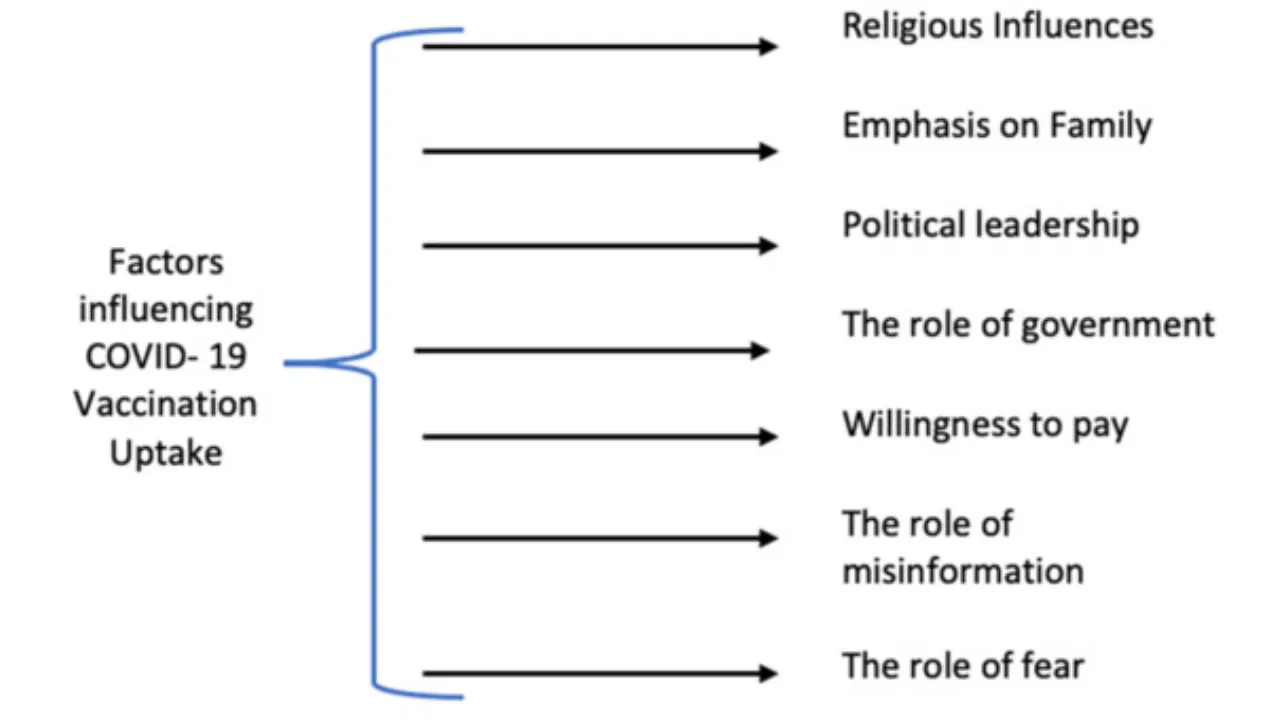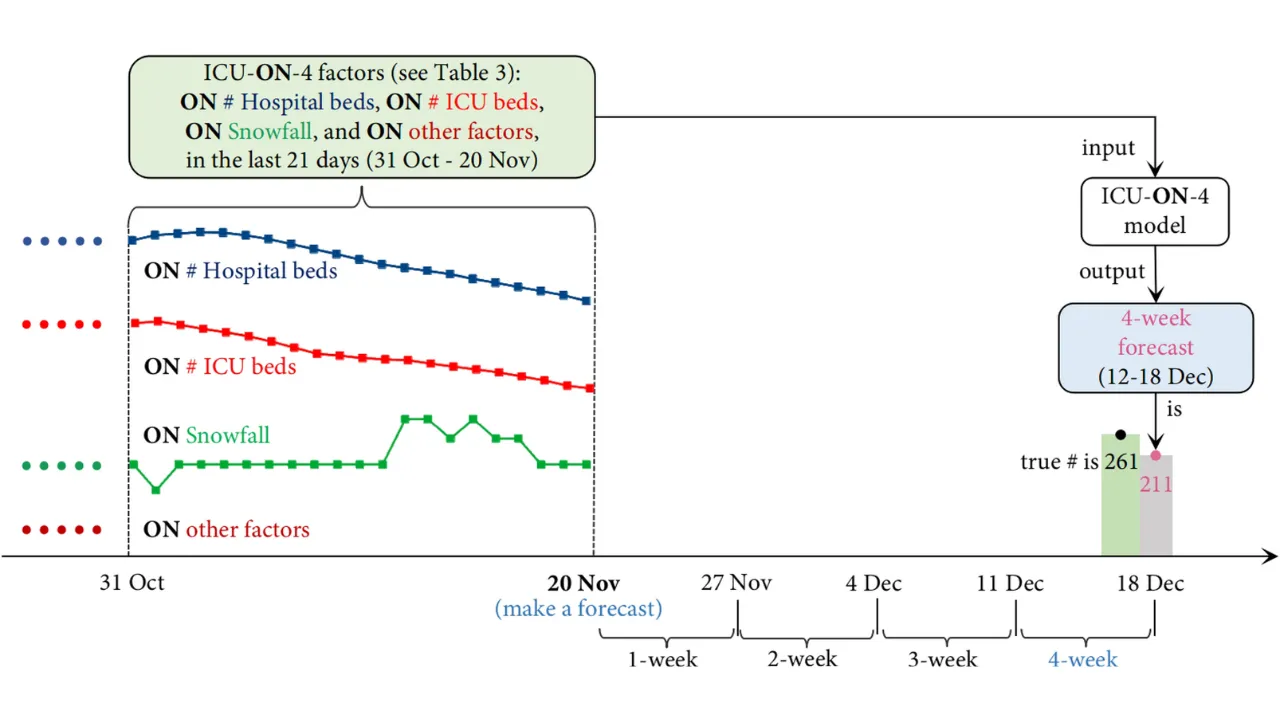COVID-19 vaccine coverage forecasts in India: COVID-19 vaccine coverage forecasts in India are a critical part of public health planning, helping authorities predict how effectively the population is being protected against the virus. As the pandemic evolved, so did India’s vaccination drive, with changing demands, policy shifts, and public response shaping the country’s progress.
This article takes a closer look at the major factors affecting vaccine coverage in India, including vaccine availability, public trust, and infrastructure. It also discusses how forecasts are made, the sources of reliable data, and why predictions can shift as new variants and policies emerge. By exploring each factor, we gain a clearer understanding of the future of India’s vaccination efforts.
COVID-19 Vaccine Coverage Forecasts in India
Forecasting COVID-19 vaccine coverage in India involves tracking several moving pieces. While India has achieved high vaccination numbers overall, predicting future coverage means evaluating supply consistency, public response, and logistical readiness. Forecasts are not just numbers—they reflect how ready the system is to meet public health goals, particularly as new variants and booster needs arise.
Different regions across the country present different challenges. Urban areas typically have better access to vaccines, while rural and remote regions may face difficulties in distribution and outreach. A successful forecast accounts for these differences and considers both demand and supply side factors.
Overview Table: Key Factors Impacting Vaccine Forecasts
| Factor | Impact on Forecasts |
| Vaccine Availability | Determines how many doses can be administered and how quickly. |
| Vaccine Hesitancy | Slows down uptake, especially in rural and low-awareness areas. |
| Public Health Campaigns | Drives public participation and combats misinformation. |
| Healthcare Infrastructure | Affects speed and reach of vaccine delivery, especially in remote regions. |
| Government Policies | Influence vaccine eligibility, distribution, and booster shot rollout. |
| Emergence of Variants | May increase demand for booster doses, affecting coverage targets. |
Vaccine Availability and Supply
One of the most essential elements in COVID-19 vaccine coverage forecasts in India is supply. India has made massive strides in manufacturing vaccines domestically, including Covishield and Covaxin. However, consistent supply across all regions remains crucial. Logistics like cold chain maintenance, transport access, and delivery networks determine whether people can actually receive vaccines on time.
Any disruption in production or distribution—whether due to raw material shortages, logistical delays, or regulatory changes—can delay coverage goals. That’s why forecasts must constantly adjust based on real-time supply chain updates.
Addressing Vaccine Hesitancy
Vaccine hesitancy continues to influence how accurately forecasts can predict vaccine uptake. In some regions, doubts about side effects, misinformation, or lack of awareness have slowed down progress. Building public trust is key to improving these numbers.
Efforts from local leaders, healthcare workers, and community influencers play a huge role in changing perceptions. Public health forecasts now include behavioral trends and population response models to estimate how many people are likely to get vaccinated within a certain timeframe.
Role of Public Health Campaigns
Effective communication campaigns are central to improving COVID-19 vaccine coverage forecasts in India. When the government or health authorities share accurate, clear, and accessible information, the public responds better. Campaigns tailored to specific demographics—such as women, elderly citizens, or tribal communities—can significantly raise vaccine acceptance.
Mass media, mobile alerts, and door-to-door awareness drives have shown positive results in areas where hesitancy was initially high. These efforts are now seen as crucial components of vaccine forecasting strategies.
Healthcare Infrastructure and Accessibility
Even with strong demand and awareness, a weak healthcare system can slow down the vaccination process. In remote regions or economically weaker states, limited medical staff, lack of transport, and fewer vaccine centers reduce the speed of distribution.
Forecasts consider how quickly vaccines can reach such populations. India’s experience has shown that building infrastructure isn’t just about adding hospitals—it also involves improving transport, electricity supply for cold storage, and training local health workers to administer vaccines efficiently.
Impact of Government Policies
Government policies play a defining role in shaping vaccine coverage trends. Decisions about eligibility, such as age limits or booster requirements, directly affect how forecasts evolve. Policies around mandatory vaccinations for frontline workers or school staff, for instance, created sharp increases in coverage in specific groups.
Distribution strategies, such as prioritizing urban over rural, or setting regional targets, also influence how projections are made. Any shift in these policies, whether easing or tightening of rules, reflects quickly in updated coverage forecasts.
Variant Emergence and Booster Needs
As new variants like Delta and Omicron emerged, India had to reconsider its vaccine strategy, particularly regarding booster doses. The effectiveness of existing vaccines against newer variants affected how quickly additional shots needed to be administered.
These changing circumstances are critical to COVID-19 vaccine coverage forecasts in India, as they alter demand projections. If a new variant requires widespread booster administration, forecasts must adjust to include the additional supply and delivery timelines required.
Where to Find Reliable Forecast Data
For accurate and updated information on vaccine coverage:
- Ministry of Health and Family Welfare (India)
Their official dashboard offers daily updates on vaccine administration by state and category. - World Health Organization (WHO)
Provides global trends, comparisons, and policy recommendations related to vaccination. - Research Publications
Academic journals like The Lancet and BMJ publish independent studies on India’s vaccination trends and their impact on public health outcomes.
Forecast models often combine this data with demographic and behavioral insights to make informed projections.
List: Key Considerations for Vaccine Coverage Forecasting
- Real-time supply tracking to adjust for manufacturing or distribution delays.
- Behavioral data modeling to predict hesitancy levels and response to campaigns.
- Variant monitoring to assess the need for booster shots or updated vaccines.
- Policy analysis to anticipate changes in vaccine rollout timelines.
FAQs
1. What affects COVID-19 vaccine coverage forecasts in India the most?
Availability of vaccines and public willingness to get vaccinated are two of the biggest factors.
2. Why are some regions slower in vaccine uptake than others?
Rural and remote areas often face issues with access, awareness, and infrastructure.
3. How do public campaigns help improve vaccine coverage?
They reduce hesitancy and misinformation, encouraging more people to get vaccinated.
4. Are vaccine forecasts in India reliable?
They offer useful trends but must be regularly updated due to changing supply, variants, and public behavior.
5. Will new variants affect future vaccine coverage?
Yes, new variants may require booster doses, which changes demand and coverage goals.
Final Thought
Accurate COVID-19 vaccine coverage forecasts in India are essential for managing public health and preparing for future outbreaks. With new challenges emerging constantly—from misinformation to variant-driven surges—it’s important to stay informed and adaptive. Keep track of your local vaccination data, and if you haven’t already, encourage others around you to get vaccinated. Share your thoughts below or explore more on how your region is progressing with its vaccine goals.















